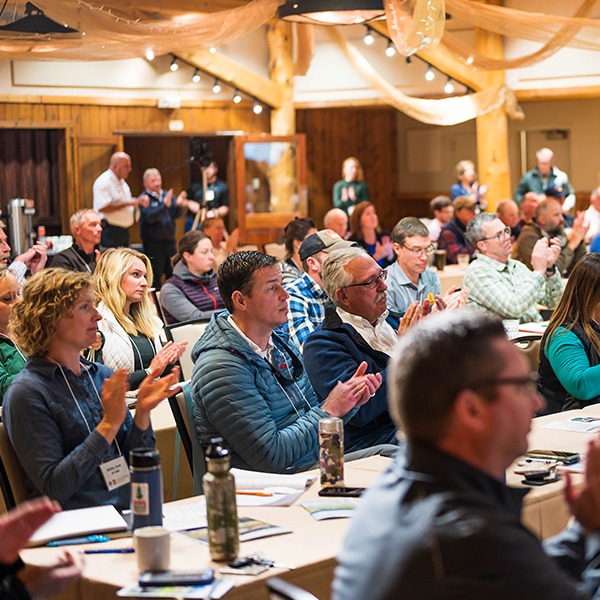-

Analysis shows raising Payment in Lieu of Taxes (PILT) population limits for small-population counties would have increased total payments by $2 million in 2019. Read more
-
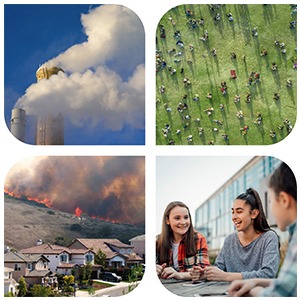
Economic methods and data can engage diverse audiences and tell new stories to help cities make a case for climate adaptation. Read more
-

States were granted trust lands by the U.S. Congress to generate revenue to fund public institutions, primarily public schools. Read more
-

Overspending of state trust permanent funds reduces future school funding and incentivizes sales of trust land and nonrenewable resources. Read more
-

Changing economies, new land uses, shifting social values, and political pressure create challenges for state trust land managers. Read more
-

Advocates of transferring federal land to states point to the superior ability of state trust lands to generate revenue, but our analysis finds significant economic and fiscal disadvantages. Read more
-
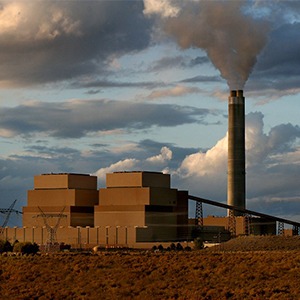
The most effective fiscal policies for communities facing transition away from coal dependency are those that build wealth over time and strengthen community capacity. Read more
-
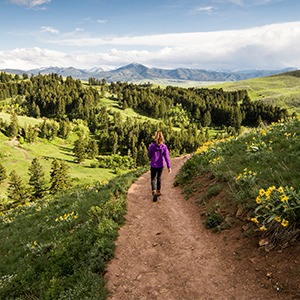
Montana’s outdoors attracts people and talent, creating jobs and a high quality of life. The outdoors is essential to the state’s future economic growth. Read more
-
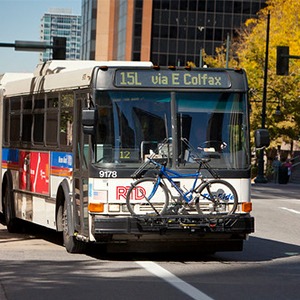
Identify where potential bus rapid transit corridors in the Denver, Colorado Metro Area are most likely to enhance mobility and equity. Read more
-
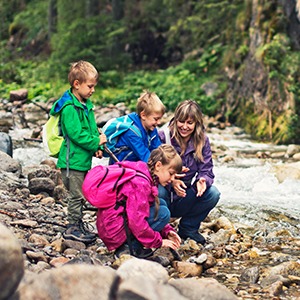
Funding for Montana’s working lands, wildlife, and outdoor recreation is not keeping pace as population, visitation, and development pressures expand. Read more
-
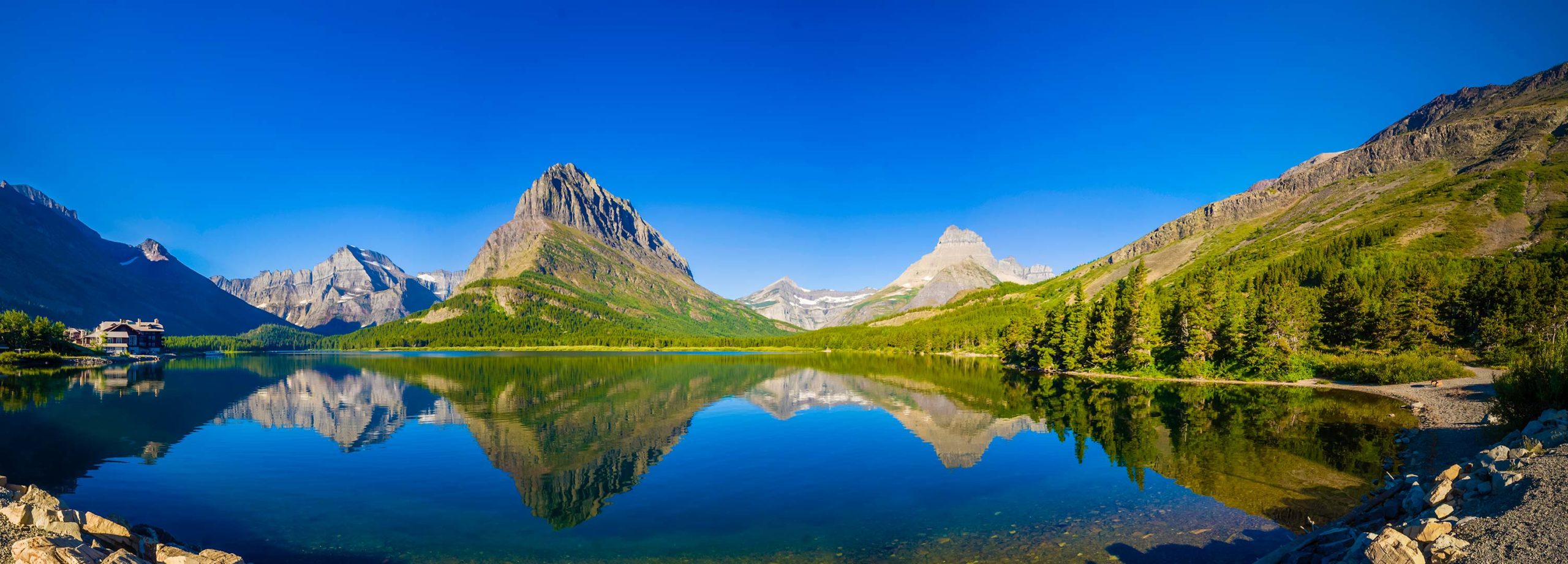
Public lands influence the economy, demographics, and fiscal policies of communities. Explore maps and county-level data for the 828 million acres of federal, state, and municipal land in the U.S. Read more
-
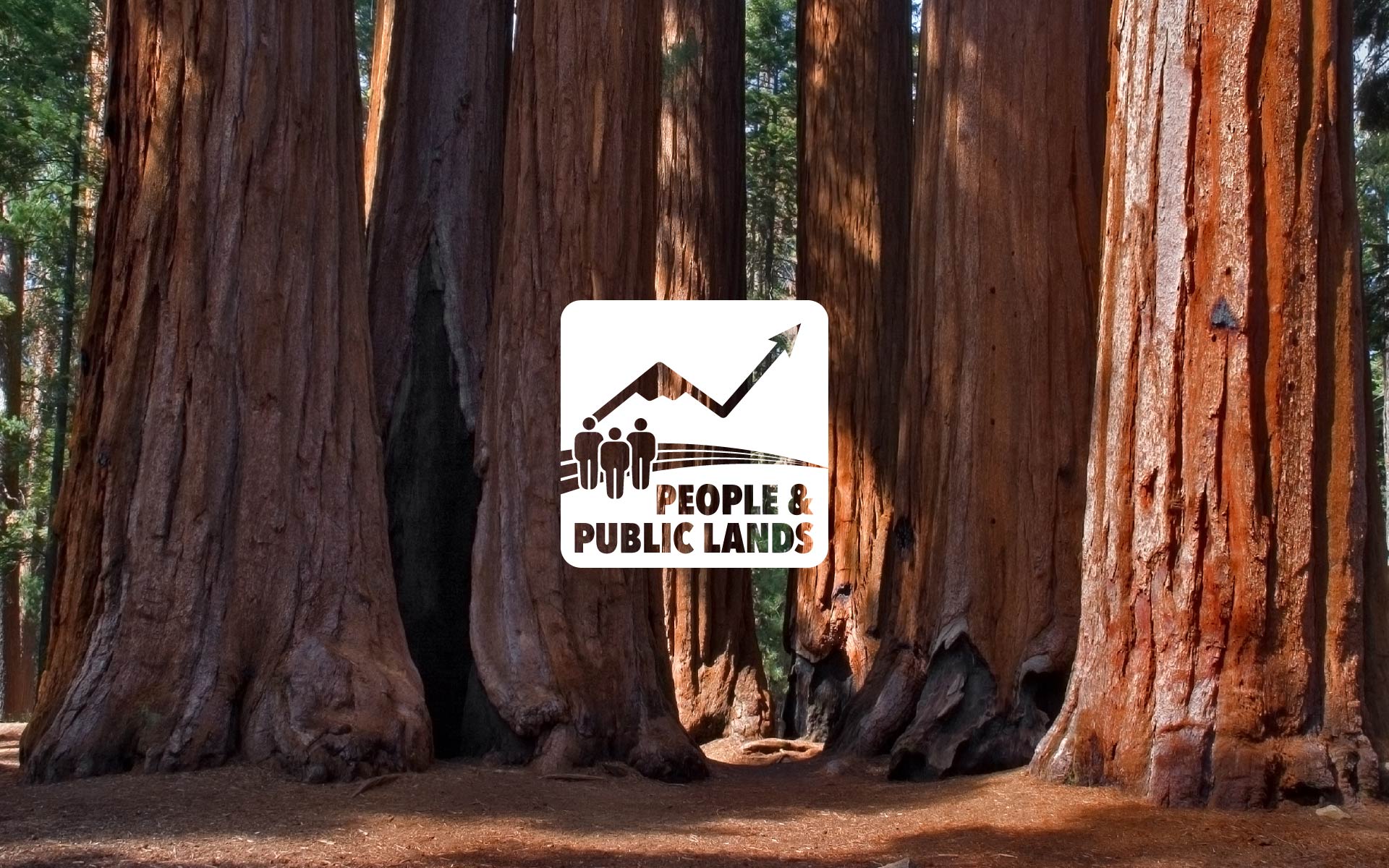
What is the economic impact of America’s public lands and waters? How can we quantify how these remarkable resources contribute to our quality of life? And how are our valuation methods and public policies changing? Read more
-

Fiscal policy reforms could substantially increase the economic benefits of public lands for states and local communities. Read more
-

Comprehensive benefit cost analyses of public lands policies are needed. Read more
-

A spiritual and cultural treasure and a multi-trillion-dollar asset, public land must be protected. Read more
